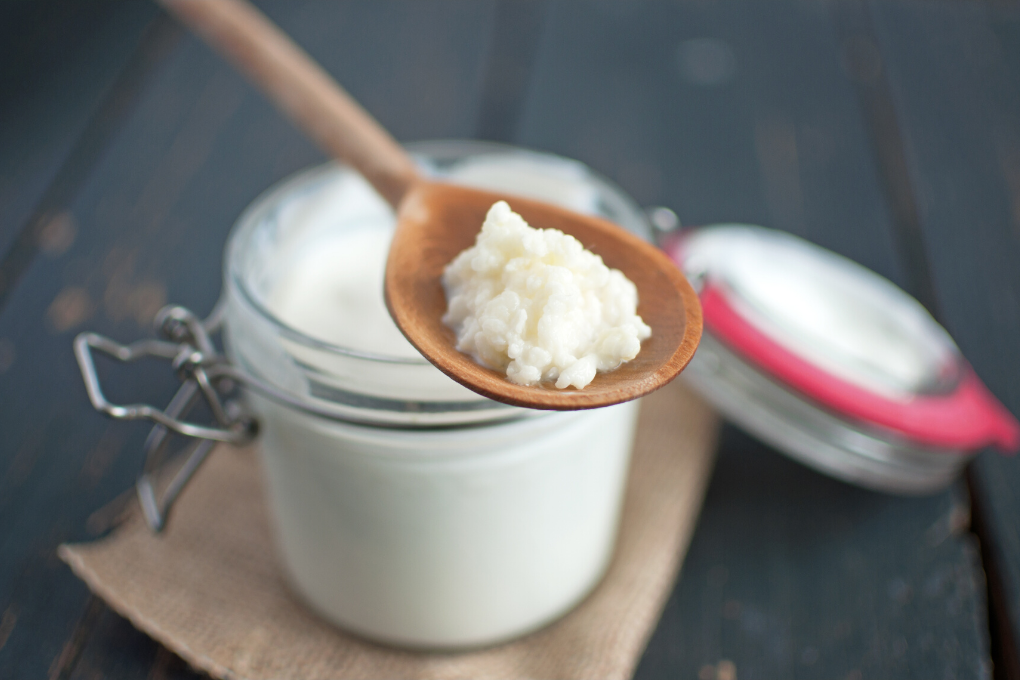Kefir, a fizzy and tangy fermented dairy drink, boasts a history as complex and diverse as the microbial communities that create it. From its mystical origins in the Caucasus Mountains to surprising discoveries in ancient China, kefir has traveled through time and cultures to become the beloved probiotic powerhouse it is today.
The Caucasian Cradle: Where Kefir Began
Legend has it that kefir was a gift from the heavens, bestowed upon the people of the North Caucasus by divine beings. Known as “The Prophet’s Grains,” kefir grains were guarded zealously. These grains, symbiotic colonies of bacteria and yeast, were believed to have magical properties, capable of transforming milk into a creamy elixir of life. The grains were so precious that they were passed down as family heirlooms and never sold or traded.
In this rugged region, kefir was traditionally made in goatskin bags hung near doorways. Each passerby gave the bag a nudge, keeping the grains agitated and ensuring even fermentation—a process as communal as it was practical. The result was a tangy, effervescent drink that sustained mountain-dwelling communities through harsh winters and sparse diets.

Kefir’s Secret Mission to Russia
For centuries, kefir remained an exclusive treasure of the Caucasus, until Russian doctors caught wind of its benefits. In the early 20th century, a daring mission was orchestrated to obtain the elusive grains. Irina Sakharova, an emissary from a Russian dairy company, traveled to the Caucasus under the guise of establishing trade relations. Her mission took a dramatic turn when she was kidnapped by a local prince who fell for her charm. In exchange for her release, she demanded kefir grains—securing a cultural treasure for Russia. Today, Irina is remembered as the “Mother of Russian Kefir.”

A Mysterious Chinese Connection
Recent archaeological findings in China have added an unexpected twist to kefir’s story. In the Tarim Basin, mummies dating back over 3,000 years were discovered with traces of dairy fermentation. Researchers found evidence of kefir-like grains used to ferment milk into a primitive cheese. These grains, remarkably similar to those of kefir, suggest that the knowledge of fermentation traveled across the Silk Road, connecting the East and West in microbial collaboration.
The fermented products weren’t just food but cultural artifacts, hinting at the shared culinary ingenuity of ancient civilizations. It’s fascinating to imagine how these early kefir-makers might have inspired the methods used in the Caucasus centuries later.

Global Expansion: From Tradition to Trend
In the 20th century, kefir began its global journey. Thanks to industrialization and advances in microbiology, the fermentation process was standardized, allowing kefir to leave the mountains and enter urban kitchens. While traditional kefir grains remained a closely guarded treasure, powdered starter cultures made it accessible to home brewers worldwide.
Today, kefir enjoys a renaissance as an artisanal product. From its traditional roots in the Caucasus and China to modern variations like coconut and soy milk kefir, this fermented marvel continues to evolve. It’s a culinary ambassador, bringing ancient traditions to contemporary tables.




